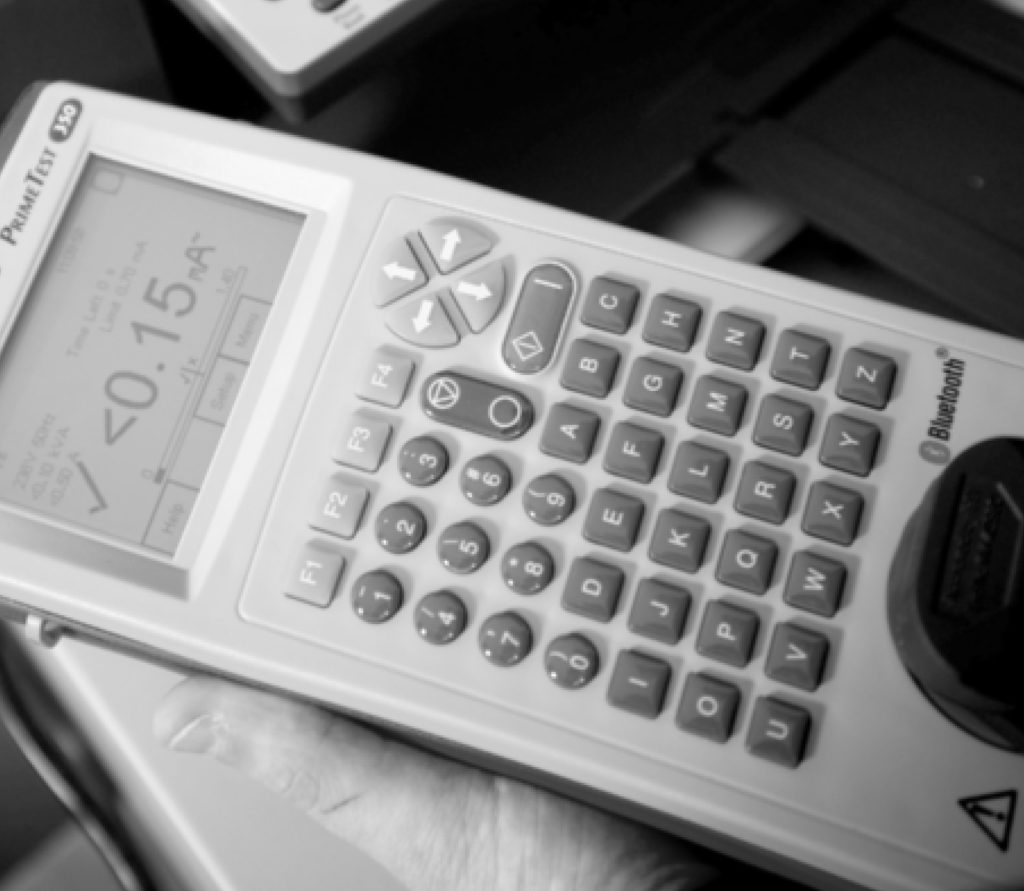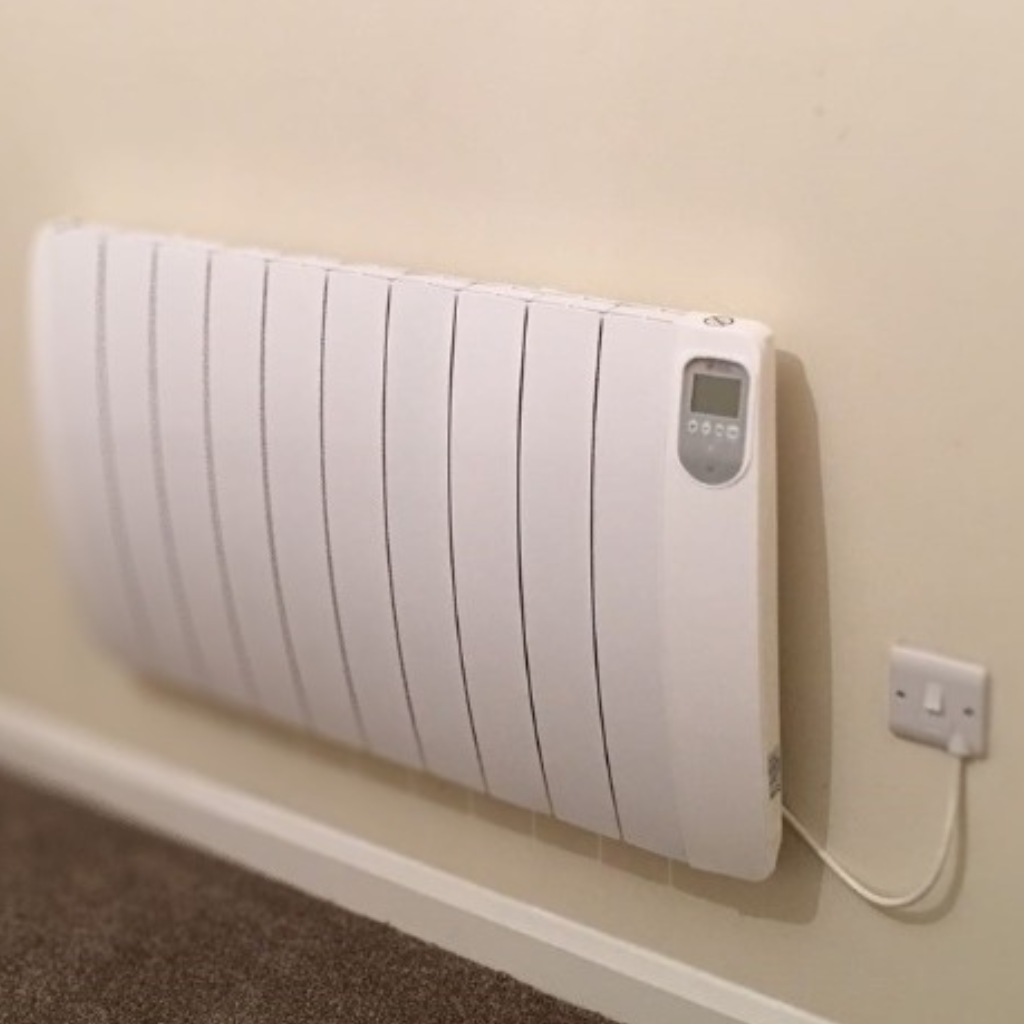
Fully Insured
Fully Qualified
For Everyone
Same great service for blue chips or sole traders
To Suit You

Looking for Commercial PAT Testing in Derby?
Need Industrial PAT Testing in Derby?
Derby’s industrial heritage still dominates the local economy today and industrial PAT testing is a large part of our offering.
Our skilled testers have experience working in industrial environments and spotting common damage from the heavy-use these appliances undergo.
Hard-wired appliances, 110v appliances and three-phase machinery all make industrial PAT testing a lot more complex & our electricians are familiar with all of these.


Fixed Appliance Testing
Contrary to popular belief, fixed appliances DO need testing. To test these fixed appliances, it is essential to isolate the power supply to do this safely.
Using suitably qualified electricians, GetTesting can do this for you, either at the same time as performing an EICR or while undergoing PAT Testing.
We've Got You Covered
Aside from Commercial & Industrial PAT Testing in Derby, we also perform PAT testing in rental properties, HMOs, events, outside catering and more.
From our base on The Parker Centre, we can cover businesses in Belper, Ripley, Alfreton, Chesterfield and the surrounding towns and suburbs.

GetTesting
Where To Find Us
Contact Us
Get A Quote
Fill out the form below for a quote & we’ll aim to get back to you in less than 60 minutes during office hours
Frequently Asked Questions
What Is PAT Testing?
PAT testing is a process where mains electrical appliances are routinely tested for safety. Also known as ‘in-service inspection and testing of electrical equipment’, portable appliance testing is made up of a series of smaller tests. It starts with a thorough visual inspection (over 95% of unsafe appliances are highlighted at this stage). Earth resistance & continuity tests follow, then an insulation resistance test and in some circumstances (power cords & extension leads) a polarity check. Combined with regular user-checks, this process is used to reduce risk within businesses of all descriptions.
Why Do I Need To PAT Test?
Put simply, each business has duty of care towards its employees and members of the public that may visit the site. You need to ensure the electrical equipment they may come into contact with is maintained in a safe manner. PAT testing is not mentioned explicitly in UK law, but several legal acts [1, 2, 3, 4] come into play. One way to fulfil the requirements of these acts is to regularly test. Insurance companies or your landlord may also specify that you must test, or ‘take all reasonable precautions’ to ensure safety standards are met.
How Often Do I Need To Perform PAT Testing?
Well that’s up to you! The idea that it must be done once per year is a myth that has been perpetrated over the years by hard-selling PAT test companies. It is actually up to the duty holders to perform a risk assessment. You should consider the different types of appliances, and the different types of environments they are used in and make an informed decision. The Institute of Engineering & Technology used to issue guidelines as a starting point. They have since removed these with the most recent issue of the Code of Practice, to make it even more confusing for the responsible person.
If you are unsure of where to start, we’re happy to help and advise our customers with this at no-extra cost.
What Is The Difference Between Class I and Class II Appliances?
Class I (1) and Class II (2) appliances cover over 98% of the appliances you will find in your workplace.
Class I appliances usually have a metal construction or contain metal parts as part of their construction. In the event of a fault, this metal could become live and would be dangerous if touched. These Class I appliances must contain an earth connection for this reason, to mitigate this danger.
Class II appliances are primarily constructed out of plastic and should have 2 layers of insulation between the end user and live electrical parts. As they usually don’t contain an earth, they undergo slightly different tests than a Class I appliance.
What Are Some Examples of Class I and Class II Appliances?
Kettles, irons, desktop PCs, microwaves, fridges, freezers, dishwashers, washing machines are nearly always Class I appliances.
Common Class II appliances are phone/tablet chargers, vacuum cleaners, drills, battery chargers, radios & kitchen blenders. Many can be either, depending on how the manufacturer has chosen to design them. Examples of items that are sometimes Class I, sometimes Class II are fans, printers, TVs, monitors, heaters & coffee machines.
You can identify a Class II appliance by looking for this image. 
If you cannot find that ‘box in a box’ image on the appliance’s label, it must be treated as Class I.
[1] The Health and Safety at Work etc. Act 1974 – HSE Website
[2] The Management of Health and Safety at Work Regulations 1999 – legislation.gov.uk Website
[3] The Provision and Use of Work Equipment Regulations 1998 – HSE Website
[4] The Electricity at Work Regulations 1989 – HSE Website